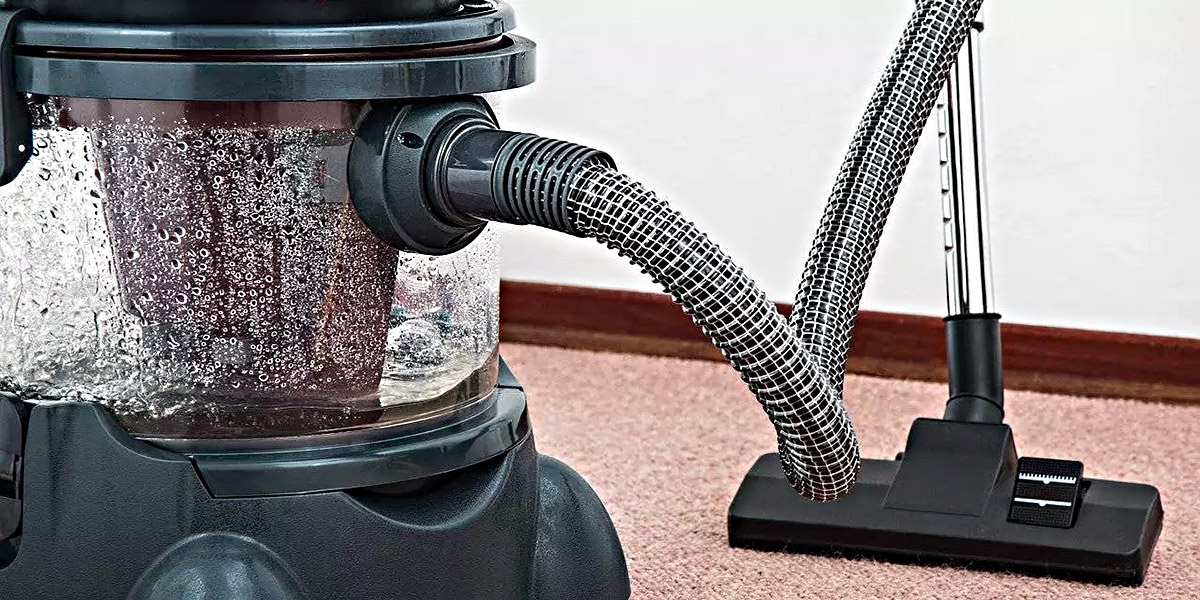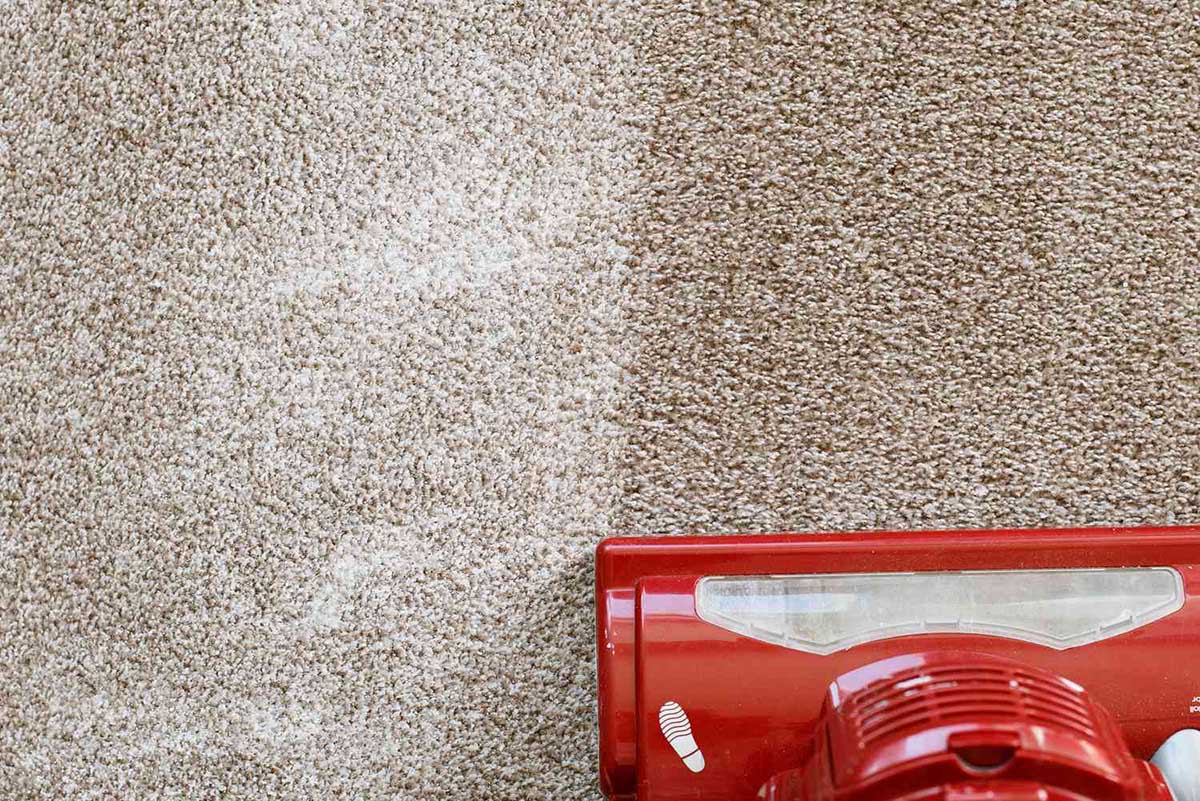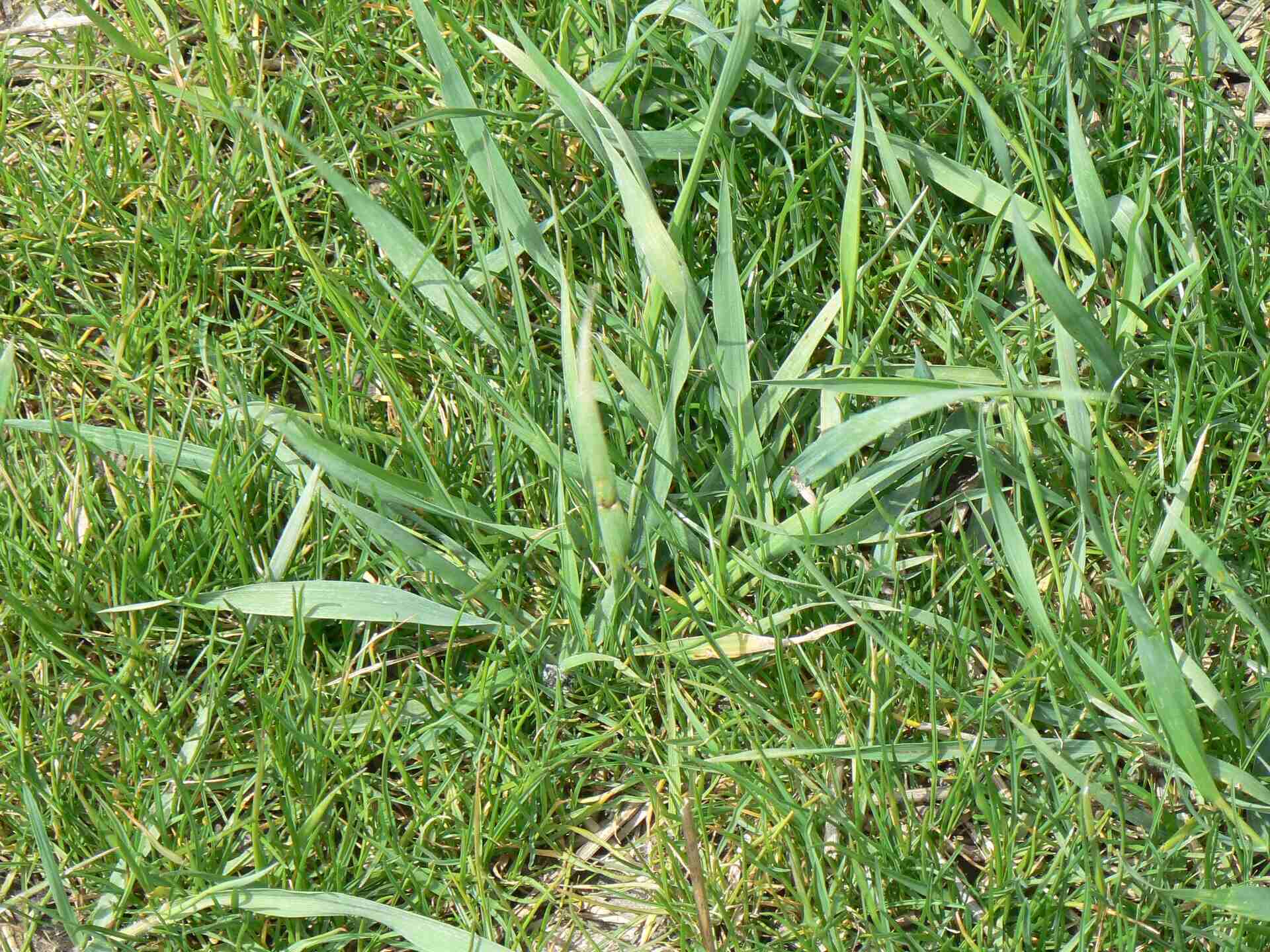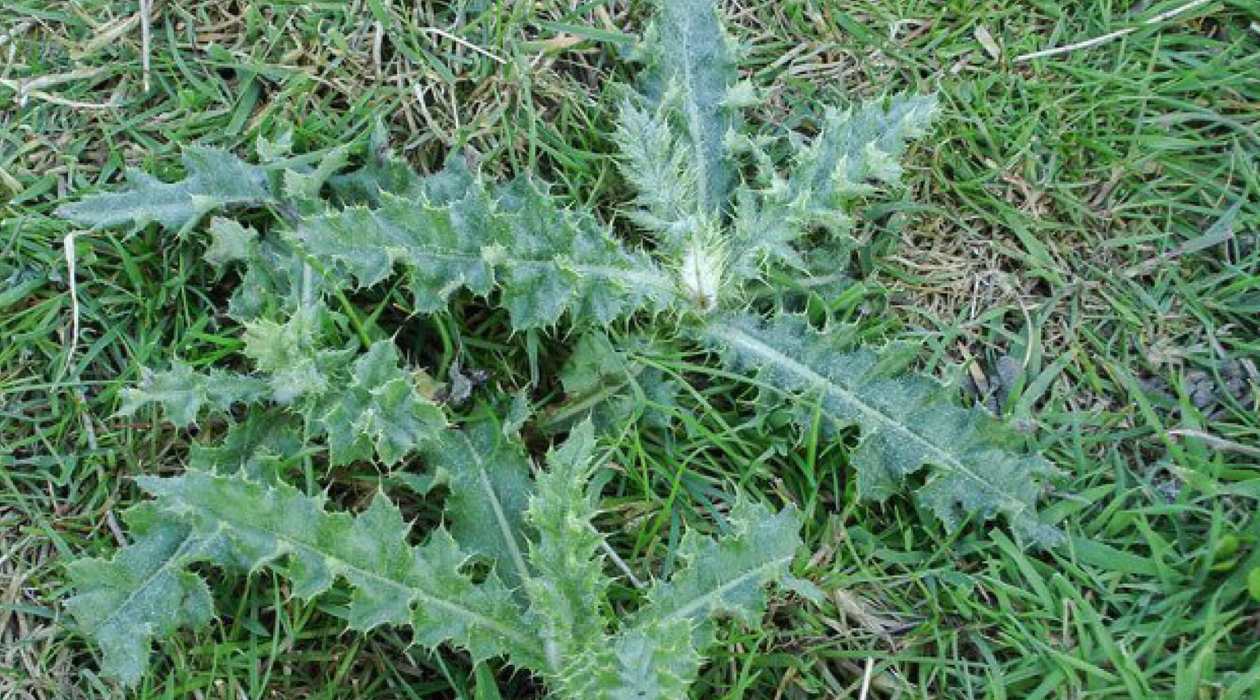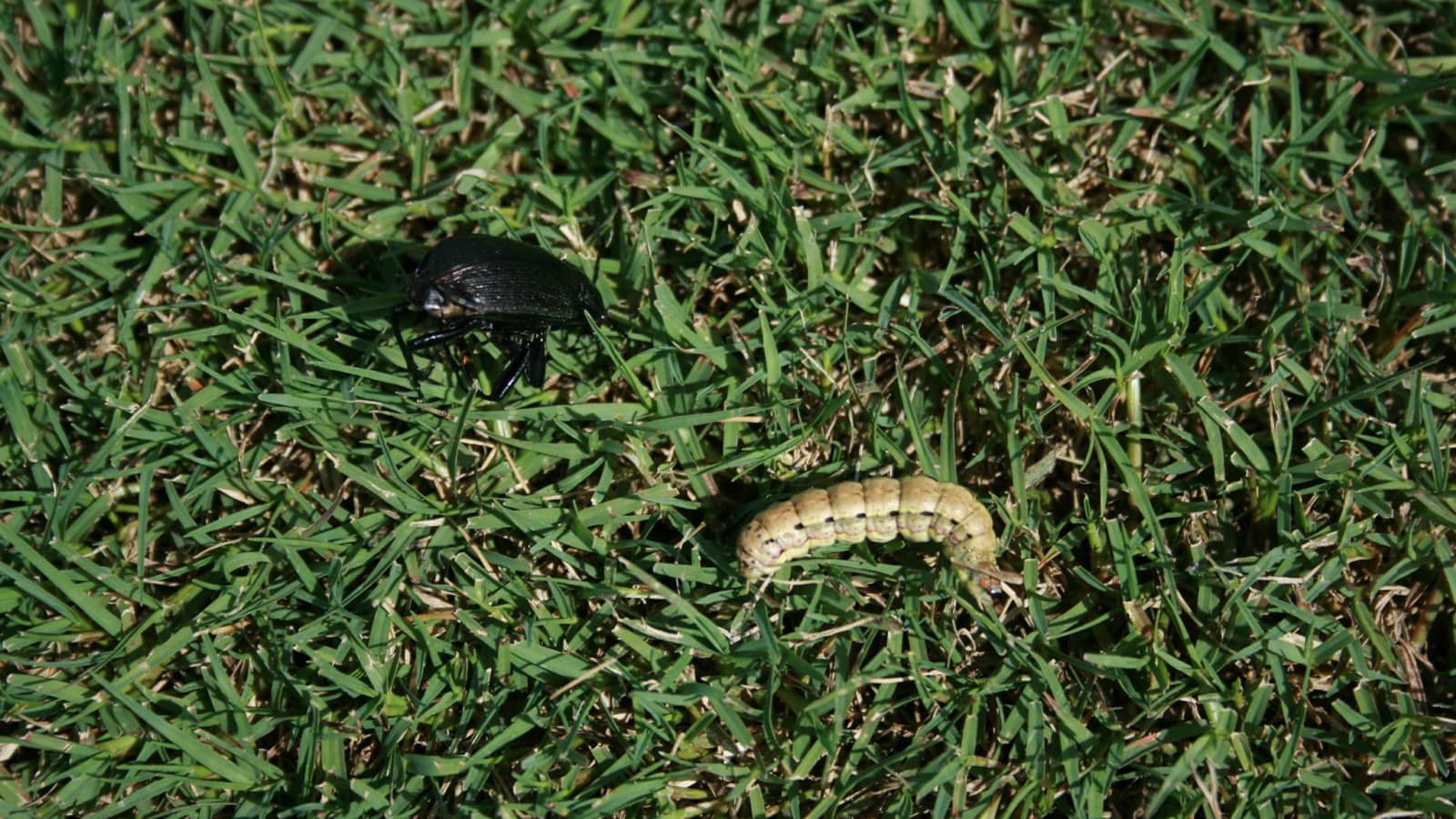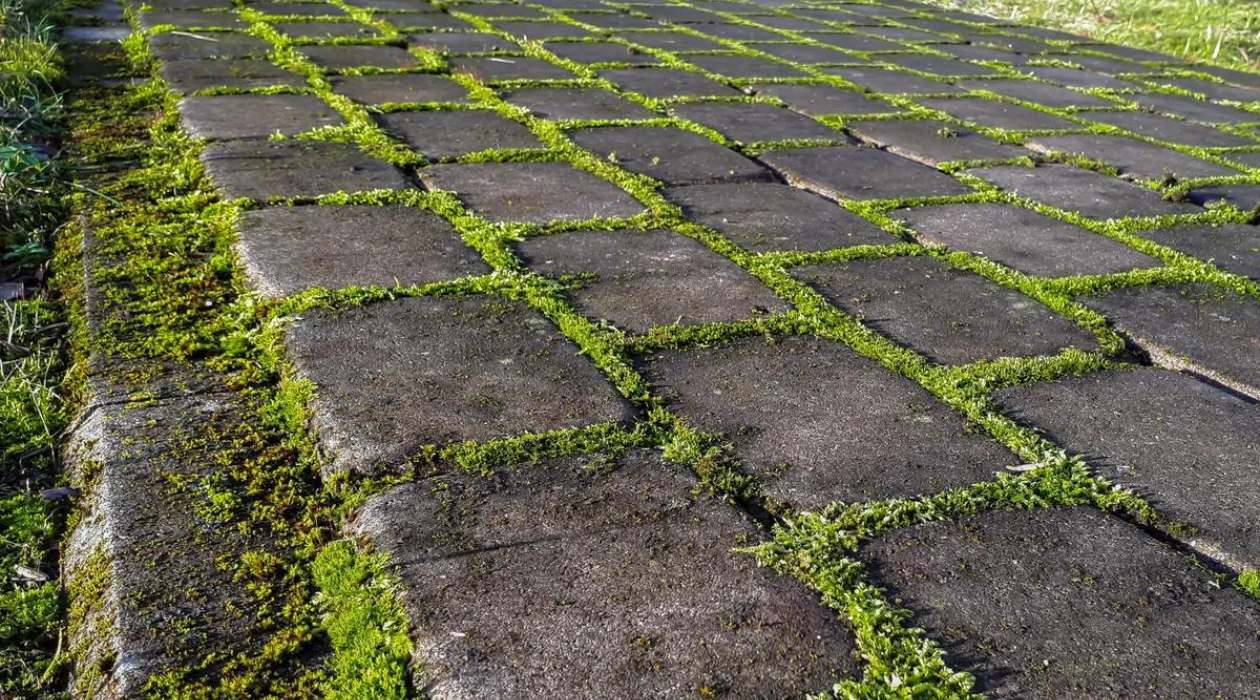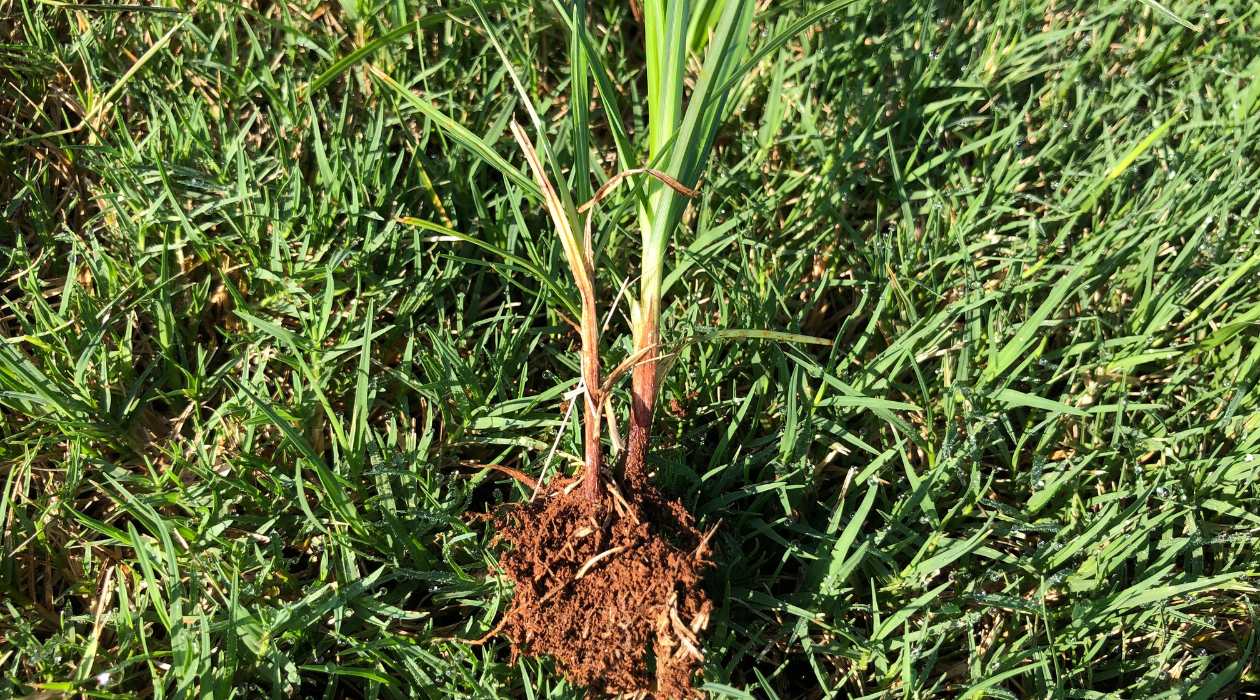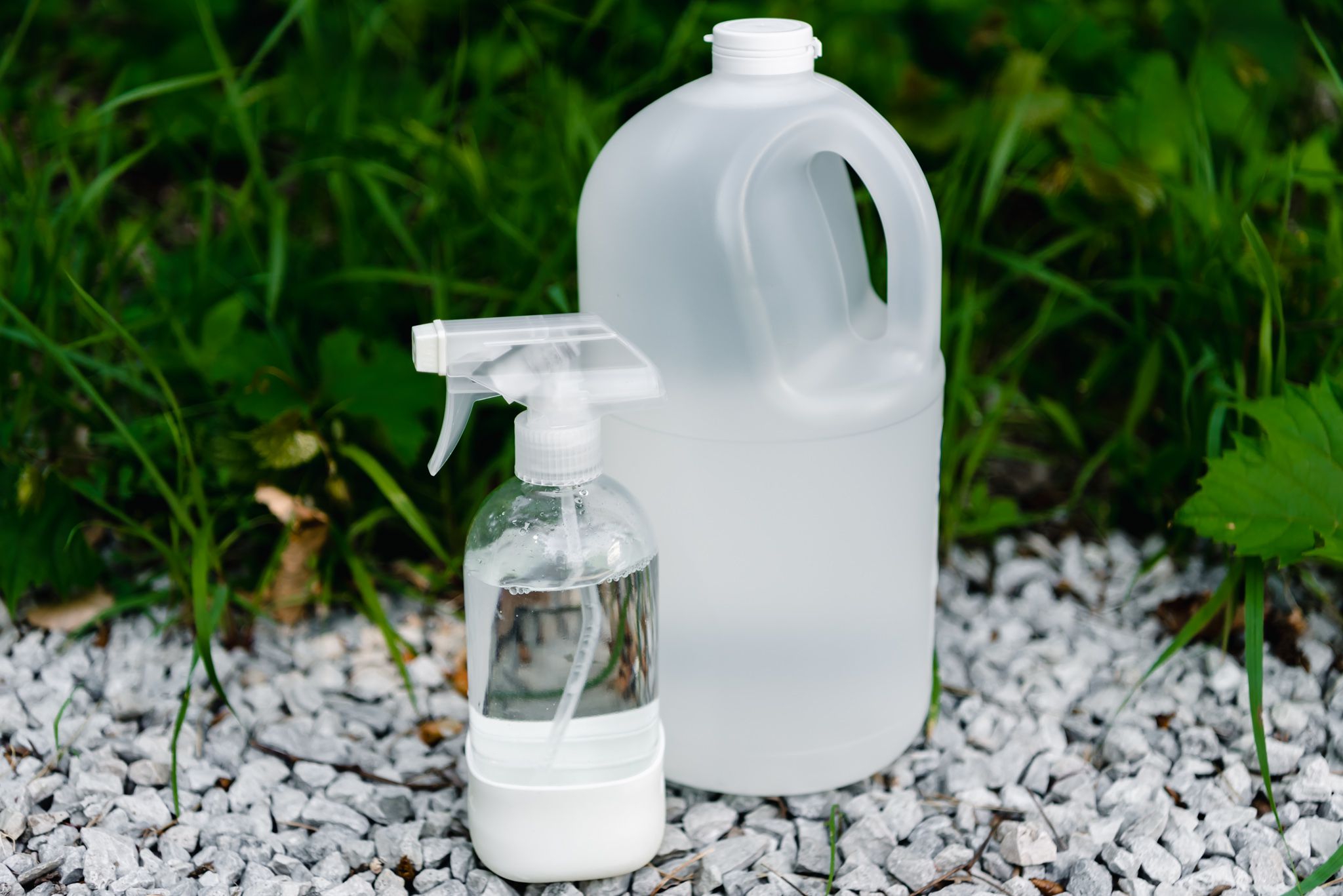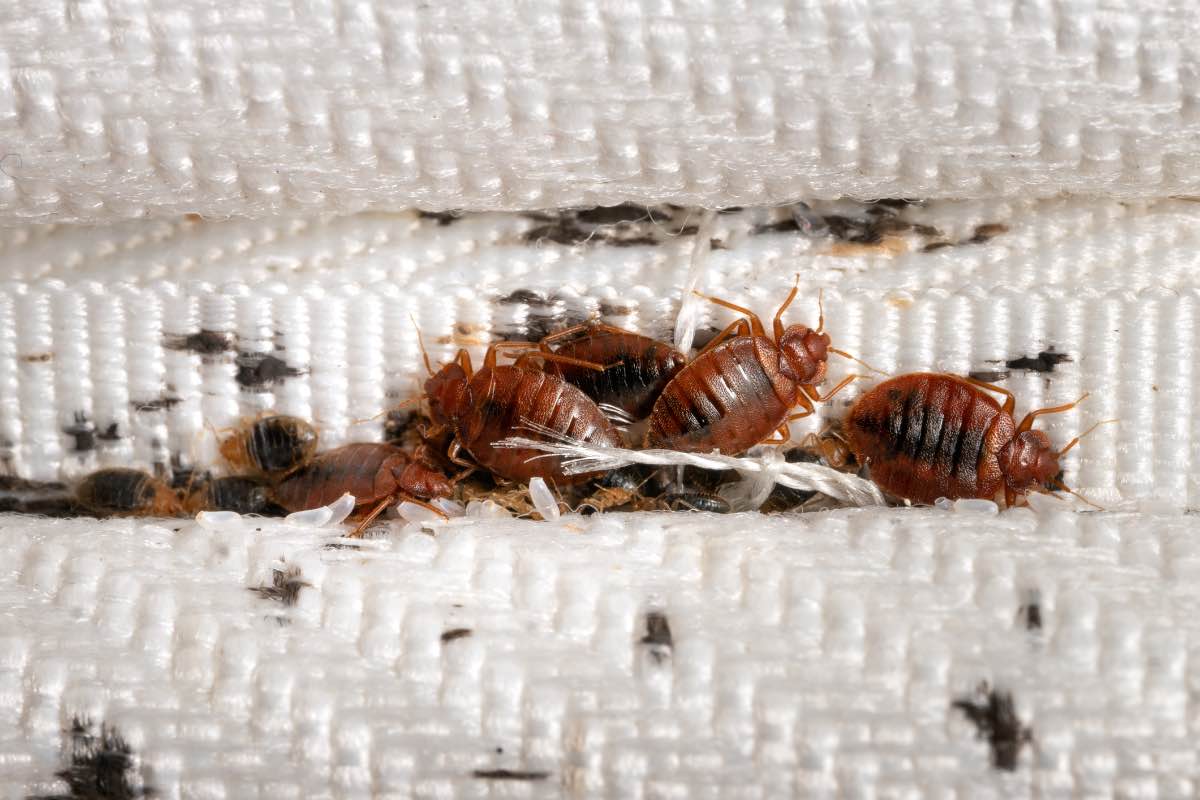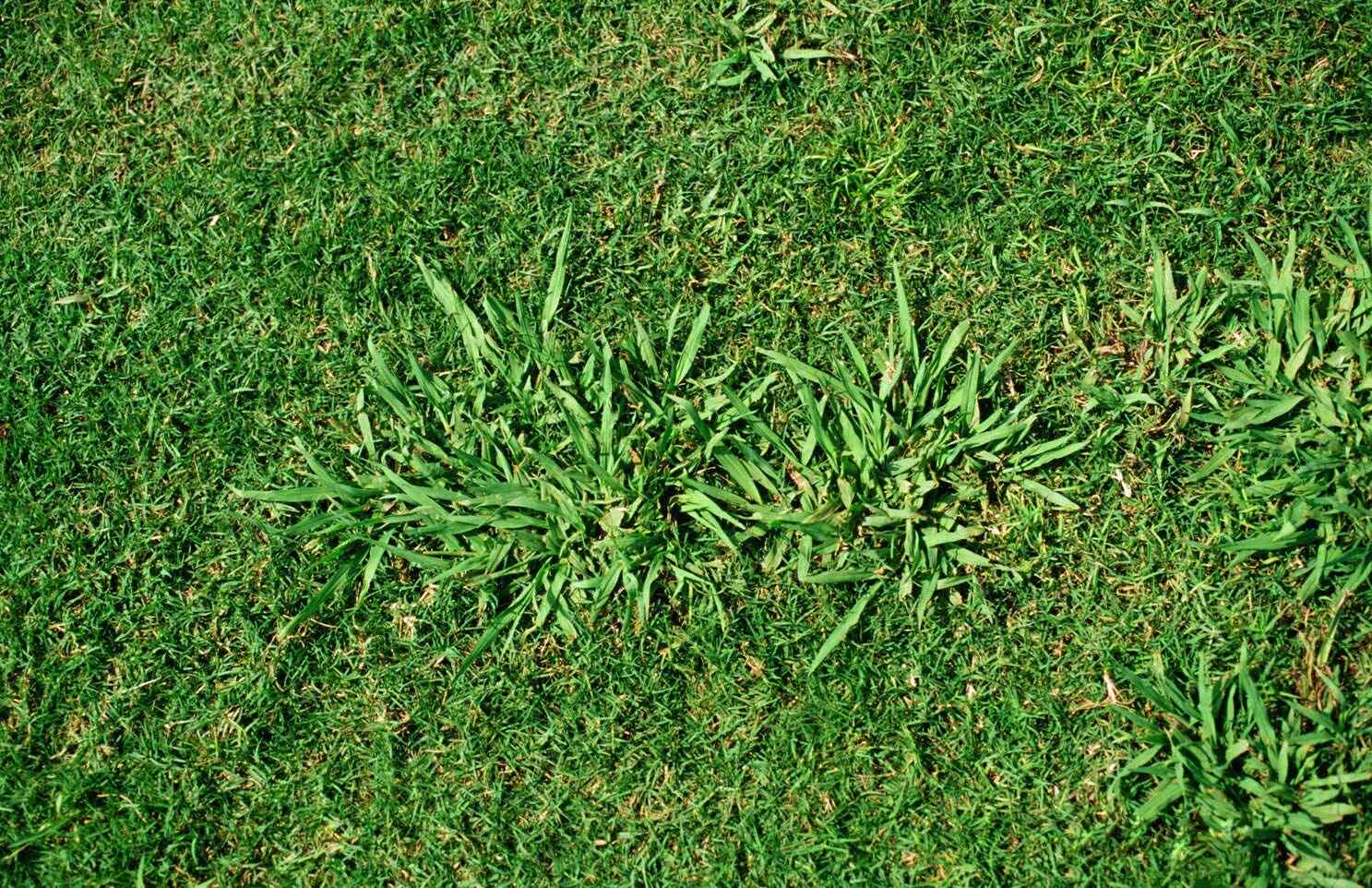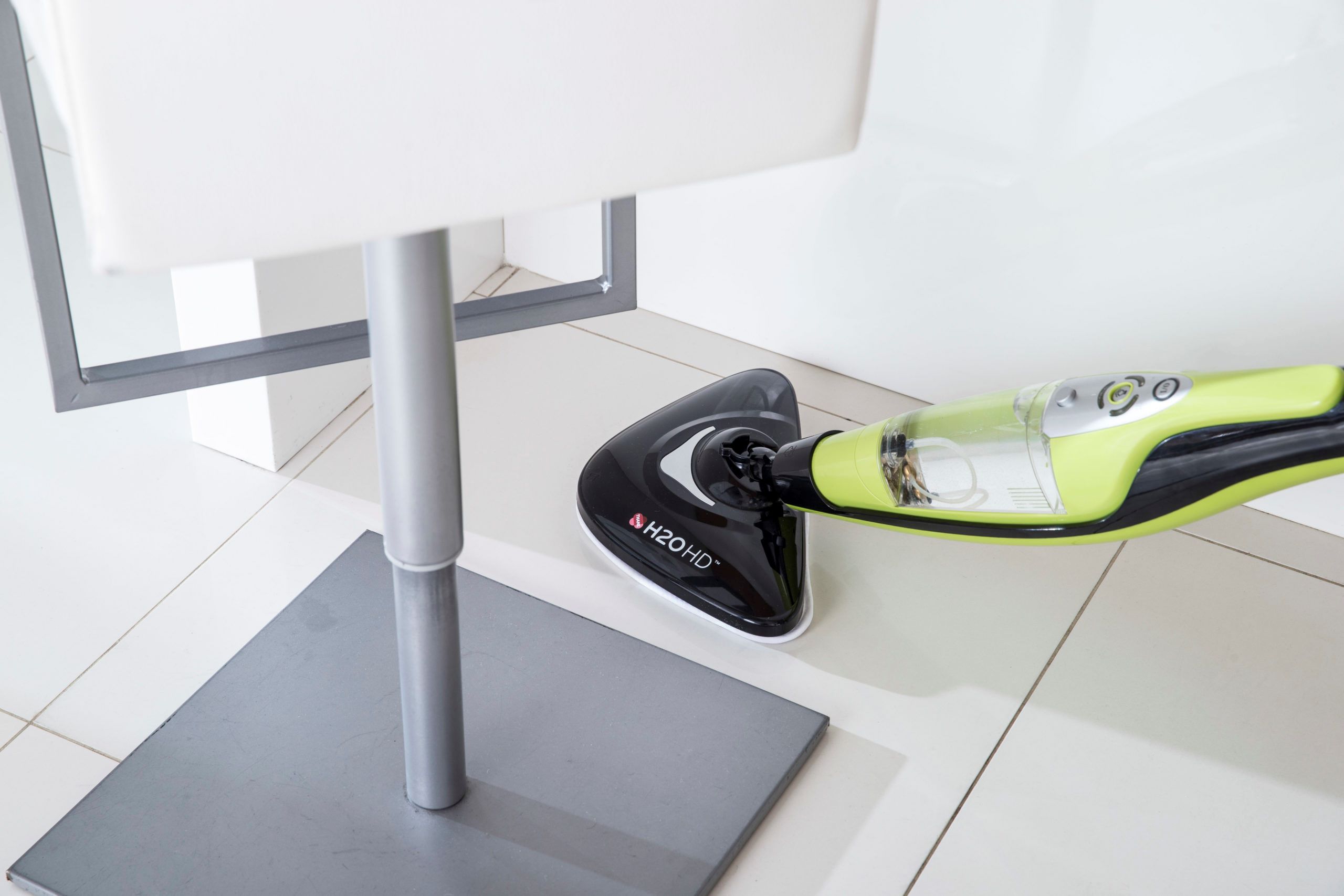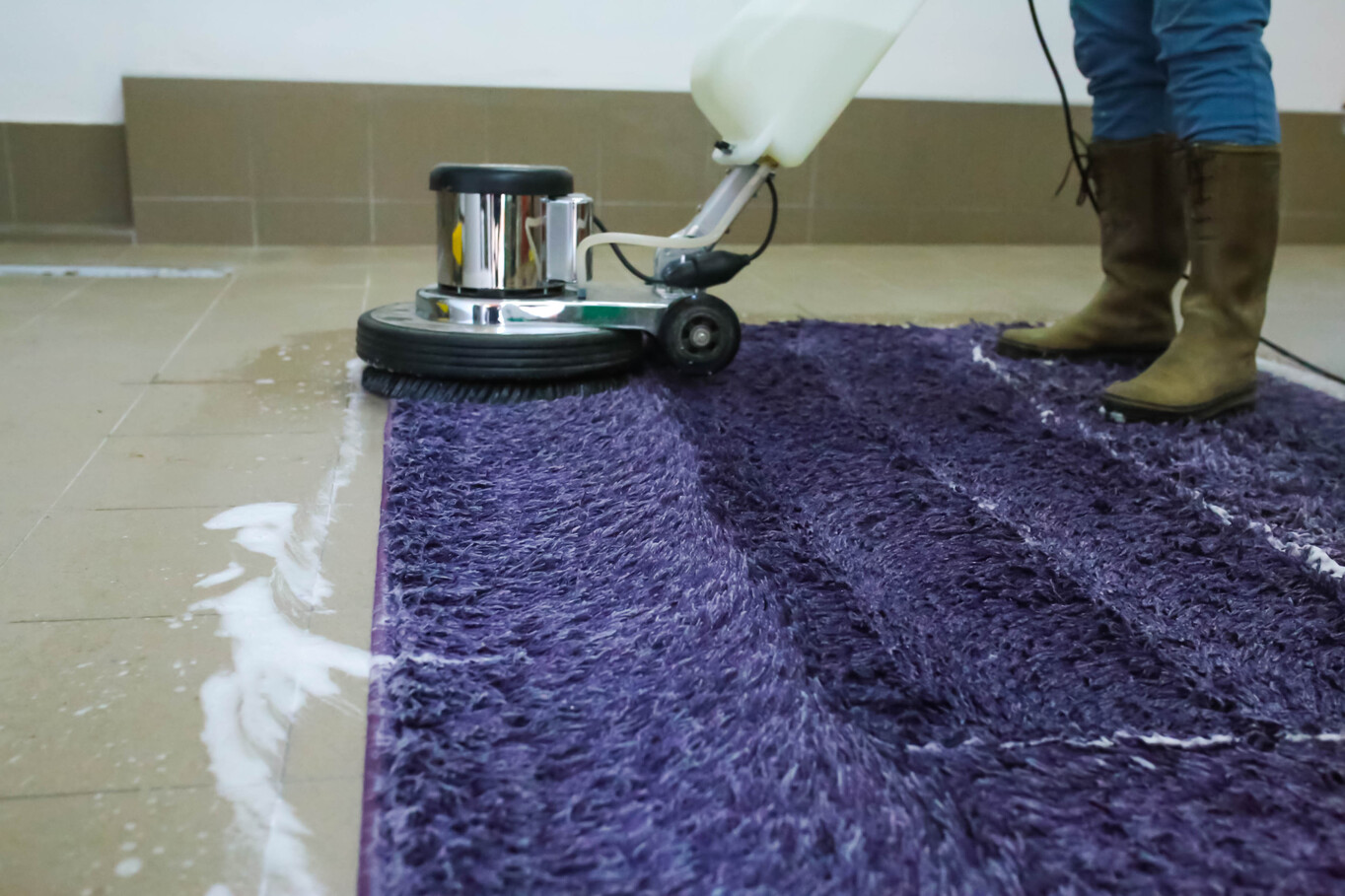

Articles
What Kills Parvo On A Carpet
Modified: September 1, 2024
Discover effective methods to eliminate parvo virus from your carpet with these informative articles. Keep your home clean and protected against this harmful disease.
(Many of the links in this article redirect to a specific reviewed product. Your purchase of these products through affiliate links helps to generate commission for Storables.com, at no extra cost. Learn more)
Introduction
Welcome to our comprehensive guide on “What Kills Parvo on a Carpet.” Parvo, short for Canine Parvovirus, is a highly contagious and potentially deadly virus that affects dogs. It is known for its robust survival capabilities, which can pose a significant challenge when it comes to eliminating the virus from various surfaces, including carpets.
In this article, we will explore the nature of Parvo, how it spreads, and whether it can survive on a carpet. We will also discuss the factors that affect Parvo’s survival on carpets and provide effective methods to kill the virus. Furthermore, we will explore the use of bleach, steam cleaning, and other disinfectants as carpet cleaning techniques. Lastly, we will discuss preventive measures to minimize the risk of Parvo contamination on carpets.
Whether you are a pet owner concerned about the risk of Parvo transmission in your home or a professional cleaner seeking effective strategies to disinfect carpets, this guide will equip you with the knowledge and tools to tackle Parvo effectively.
Key Takeaways:
- Parvo is a resilient virus that can survive on carpets for months. Effective cleaning methods such as bleach and steam cleaning, along with preventive measures, are crucial to eliminate the virus and protect your pets.
- Factors like humidity, temperature, and organic matter affect Parvo’s survival on carpets. Understanding these factors and employing proper disinfection methods can significantly reduce the risk of Parvo contamination in your home.
Read more: What Kills Dust Mites In A Carpet
What is Parvo?
Parvo, or Canine Parvovirus, is a highly contagious viral disease that primarily affects dogs, especially puppies under six months old and unvaccinated adult dogs. The virus targets rapidly dividing cells, causing damage to the intestines, bone marrow, and sometimes the heart.
Parvo is a member of the Parvoviridae family and is classified into two types: Canine Parvovirus Type 2 (CPV-2) and Canine Parvovirus Type 2c (CPV-2c). CPV-2c emerged in the 1990s and is known to be more resistant to vaccination and more aggressive in its effects compared to the original CPV-2.
The symptoms of Parvo can include severe vomiting, diarrhea (often bloody), lethargy, loss of appetite, fever, and dehydration. If left untreated, Parvo can be fatal, especially in young puppies or dogs with weak immune systems.
Parvo is highly contagious and can spread through direct contact with infected dogs or their feces. It can also be transmitted through contaminated objects, such as food bowls, bedding, and, potentially, carpets.
It is important to note that Parvo is specific to dogs and does not pose a threat to other animals or humans. However, the virus can survive in the environment for an extended period, which is why proper cleaning and disinfection protocols are essential.
How Does Parvo Spread?
Parvo spreads through direct contact with an infected dog or indirect contact with their contaminated environment. The virus is shed in large amounts in the feces of infected dogs, making it highly contagious.
Here are the primary ways Parvo can spread:
- Direct contact: Dogs that come into close contact with infected dogs can contract the virus. This can happen through sniffing, licking, or playing with an infected dog. Close proximity is an important factor in transmission.
- Contaminated objects: Parvo can survive on contaminated objects for extended periods. If a dog interacts with objects such as food bowls, bedding, toys, or even outdoor surfaces contaminated with the virus, they can become infected. It’s important to note that the virus can persist in the environment for months, making thorough disinfection crucial.
- Human transmission: Although Parvo is primarily a dog-to-dog virus, humans can potentially carry the virus on their hands, clothing, or shoes. If proper hygiene practices are not followed, humans can inadvertently spread the virus from one location to another.
- Prenatal and maternal transmission: Puppies can be infected with Parvo before they are born if their mother is infected. Additionally, a mother dog can pass on the virus to her puppies through contact, including nursing and grooming.
It is important to note that Parvo is highly resistant and can survive in the environment for months under optimal conditions. This means that even in the absence of direct contact with an infected dog, the virus can still pose a risk.
Proper hygiene practices, such as regular handwashing, disinfecting surfaces, and avoiding contact with infected dogs, are essential to prevent Parvo from spreading.
Can Parvo Survive on a Carpet?
One of the common concerns among dog owners is whether Parvo can survive on a carpet. The answer is yes, Parvo can survive on carpets and other surfaces for a significant amount of time, increasing the risk of infection.
Parvo is a tough and resilient virus that can withstand harsh environmental conditions. It can survive on various surfaces, including carpets, for several months under the right conditions.
When an infected dog has been in contact with a carpet, the virus can remain on the fibers, even if the fecal matter is no longer visible. This means that if an unvaccinated or unprotected dog comes into contact with the contaminated carpet, they can potentially become infected with Parvo.
It is important to note that the survival of Parvo on a carpet can be influenced by various factors, including:
- Humidity: Parvo tends to survive longer in humid environments.
- Temperature: The virus can survive better in cooler temperatures.
- Presence of organic matter: Parvo can bind to organic material, prolonging its survival on surfaces such as carpets.
- Exposure to sunlight: Sunlight can help in reducing the survival time of Parvo.
Given the resilient nature of Parvo and the potential risks it poses to dogs, it is crucial to take proper precautions in cleaning and disinfecting carpets to eliminate the virus effectively.
Factors Affecting Parvo Survival on Carpets
Several factors can affect the survival of Parvo on carpets. Understanding these factors can help you devise effective strategies to eliminate the virus and minimize the risk of transmission. Here are the key factors to consider:
- Humidity: Parvo thrives in environments with moderate humidity. High humidity can increase the virus’s survival rate on the carpet, making it more challenging to eliminate. Maintaining proper indoor humidity levels can help reduce the virus’s survival time.
- Temperature: Parvo survives better in cooler temperatures. Lower temperatures provide a favorable environment for the virus to remain viable on carpets. Warm and hot temperatures, on the other hand, can help in deactivating the virus more quickly.
- Presence of organic matter: Carpets that are soiled with organic matter, such as feces or vomit, provide an ideal breeding ground for Parvo. The virus can bind to the organic material, extending its survival time on the carpet. Thoroughly cleaning and removing any organic matter from the carpet is crucial in minimizing the virus’s survival chances.
- Exposure to sunlight: Sunlight is known to have a germicidal effect and can help in reducing the survival time of Parvo on carpets exposed to direct sunlight. If possible, move the carpet to an area where it can receive direct sunlight for a period of time.
- Carpet type and material: Some carpet materials may be more porous and absorbent, allowing the virus to penetrate deeper into the fibers. Additionally, rough or textured carpets can provide more hiding places for the virus. Smooth, non-porous carpets are generally easier to clean and disinfect effectively.
It is important to consider these factors when developing a plan to eliminate Parvo from carpets. By addressing these variables, you can enhance the effectiveness of disinfection methods and minimize the risk of Parvo transmission.
Read more: How To Kill Carpet Grass
Methods to Kill Parvo on Carpets
When it comes to disinfecting carpets contaminated with Parvo, it is crucial to employ effective methods to ensure the virus is eliminated completely. Here are some methods commonly used to kill Parvo on carpets:
- Bleach: Bleach is a powerful disinfectant that can effectively kill Parvo. Prepare a solution using one part bleach to thirty parts water and apply it to the affected area. Leave the solution on for at least 10 minutes before thoroughly rinsing and drying the carpet. It is important to note that bleach may cause discoloration or damage to certain carpet materials, so test it on an inconspicuous area first.
- Steam cleaning: Steam cleaning can be an effective method to kill Parvo on carpets. High-temperature steam can help to neutralize the virus and sanitize the carpet. Ensure that the steam cleaner reaches a temperature of at least 200 degrees Fahrenheit for optimal disinfection. Steam clean the entire carpet, focusing on the affected areas, and allow it to dry thoroughly afterward.
- Commercial disinfectants: There are commercial disinfectants available specifically formulated to kill Parvo. Choose a product that is labeled as effective against Parvo and follow the manufacturer’s instructions for proper application and contact time. It is important to ensure the disinfectant is safe for use on carpets and does not cause any damage or discoloration.
- Professional carpet cleaning: Hiring a professional carpet cleaning service with experience in handling Parvo contamination can be an effective option. Professional cleaners have the knowledge, equipment, and certified disinfectants to effectively neutralize the virus on carpets. They can ensure a thorough and safe cleaning process, minimizing the risk of recontamination.
Regardless of the method used, it is crucial to prioritize the safety of both humans and pets during the cleaning process. Follow proper safety protocols, ensure adequate ventilation, and protect yourself with gloves and a mask when handling potentially infected materials.
Remember that prevention is key in avoiding Parvo contamination on carpets. Regularly vaccinate your dogs, practice proper hygiene, and promptly clean up any accidents to minimize the risk of Parvo transmission.
To kill parvo on a carpet, use a bleach solution of 1 part bleach to 30 parts water. Thoroughly soak the affected area and let it sit for at least 10 minutes before cleaning it up.
Using Bleach to Disinfect Carpets
Bleach is a widely used and effective disinfectant that can be used to kill Parvo on carpets. It is important to note that bleach can cause discoloration or damage to certain carpets, so it is essential to test it on a small, inconspicuous area first.
Here is a step-by-step guide on using bleach to disinfect carpets contaminated with Parvo:
- Prepare the bleach solution: Mix one part bleach with thirty parts water to create a diluted bleach solution. This ratio ensures that the bleach is strong enough to kill the virus while minimizing the risk of carpet damage.
- Clean the affected area: Remove any visible organic matter from the carpet, such as feces or vomit. Use paper towels or disposable gloves to discard the waste properly.
- Apply the bleach solution: Carefully pour or spray the diluted bleach solution directly onto the affected area of the carpet. Ensure that the solution reaches the fibers and saturates the contaminated area.
- Allow for contact time: Let the bleach solution sit on the carpet for at least 10 minutes. This contact time is crucial for the bleach to effectively kill the Parvo virus.
- Rinse the carpet: After the contact time has passed, thoroughly rinse the area with clean water. Use a clean cloth or sponge to remove any residual bleach solution from the carpet.
- Dry the carpet: Allow the carpet to air dry completely. Open windows or use fans to increase airflow and expedite the drying process.
- Monitor the area: Keep an eye on the treated area to ensure there are no lingering signs of Parvo infection. If necessary, repeat the process or seek professional cleaning assistance if the contamination is severe.
Remember to take proper safety precautions when working with bleach. Wear gloves, work in a well-ventilated area, and avoid direct contact with your skin and eyes. Keep pets and children away from the treated area until the carpet is dry and safe for use.
While bleach can effectively kill Parvo on carpets, it is essential to consider other factors that affect the virus’s survival, such as temperature, humidity, and the presence of organic matter. Thorough cleaning and disinfection protocols are crucial in ensuring the virus is completely eliminated.
Steam Cleaning as a Parvo-Killing Method
Steam cleaning is an effective method to kill Parvo on carpets. The high temperatures generated by steam can help neutralize the virus and sanitize the carpet. Here is a step-by-step guide on using steam cleaning to eliminate Parvo:
- Preparation: Start by removing any visible organic matter, such as feces or vomit, from the carpet. Use paper towels or disposable gloves to dispose of the waste properly. It is important to remove as much of the organic material as possible before steam cleaning to maximize the effectiveness of the process.
- Choose the right steam cleaner: Select a steam cleaner that can reach and maintain a temperature of at least 200 degrees Fahrenheit for effective disinfection. Ensure that the steam cleaner is suitable for use on carpets and follow the manufacturer’s instructions for setup.
- Steam clean the carpet: Begin by steam cleaning the entire carpet, focusing on the areas that have been contaminated by Parvo. Move the steam cleaner slowly over the carpet, taking care to cover the entire surface. Pay special attention to the affected areas, applying extra steam and ensuring thorough cleaning and disinfection.
- Drying process: After steam cleaning, allow the carpet to dry completely. Open windows or use fans to increase air circulation and expedite the drying process. It is crucial to ensure the carpet is fully dry to prevent any residual moisture that could promote the growth of mold or bacteria.
- Monitor the area: Keep an eye on the treated area to ensure there are no signs of Parvo infection. If necessary, repeat the steam cleaning process or seek professional assistance if the contamination is severe.
Steam cleaning is effective in killing Parvo because the high temperatures generated can neutralize the virus. The heat penetrates the carpet fibers, helping to eradicate any remaining virus and sanitize the carpet.
It is important to note that steam cleaning should be done in conjunction with other cleaning and disinfection methods. If the carpet is heavily soiled or heavily contaminated with Parvo, it may be necessary to combine steam cleaning with other disinfectants or seek the assistance of professional carpet cleaners with experience in handling Parvo contamination.
By following proper procedures and using steam cleaning as a part of a comprehensive Parvo-killing strategy, you can effectively eliminate the virus and help create a safe environment for your pets.
Other Disinfectants for Carpet Cleaning
While bleach and steam cleaning are effective methods to disinfect carpets contaminated with Parvo, there are other disinfectants available that can also be used to eliminate the virus. Here are some commonly used disinfectants for carpet cleaning:
- Quaternary ammonium compounds (Quats): Quats are commonly used disinfectants that can effectively kill Parvo on carpets. Choose a quat-based cleaner that is labeled as effective against Parvo and follow the manufacturer’s instructions for proper dilution and application.
- Enzymatic cleaners: Enzymatic cleaners are specially formulated to break down organic matter and remove stains and odors. While they may not directly kill the Parvo virus, they can aid in the removal of organic residues that can harbor the virus. Use enzymatic cleaners in combination with other effective disinfectants for optimal results.
- Hydrogen peroxide: Hydrogen peroxide is another disinfectant that can help in killing Parvo on carpets. It is less harsh than bleach and may be a suitable alternative for delicate carpet materials. Apply hydrogen peroxide directly to the affected area, let it sit for a few minutes, and then thoroughly rinse and dry the carpet.
- Commercial carpet disinfectants: There are specific commercial carpet disinfectants available that are designed to kill Parvo. These products are formulated with powerful germicides and can be effective in eliminating the virus. Follow the instructions provided by the manufacturer for proper dilution and application.
When using any disinfectant on carpets, it is important to conduct a spot test on a small, inconspicuous area to ensure the product does not cause any damage or discoloration. Follow the instructions provided by the manufacturer regarding dilution ratios, contact times, and safety precautions.
Keep in mind that thorough cleaning and removal of organic matter from the carpet is essential before applying any disinfectant. Organic residues can interfere with the effectiveness of disinfectants and provide hiding places for the Parvo virus.
Regardless of the disinfectant used, it is important to always prioritize the safety of both humans and pets. Follow proper safety protocols, ensure adequate ventilation, and protect yourself with gloves and a mask when handling potentially infected materials.
Remember that prevention is key in minimizing the risk of Parvo contamination on carpets. Regularly vaccinate your dogs, practice proper hygiene, and promptly clean up any accidents to maintain a clean and safe environment.
Read more: How To Kill Carpet Bugs
Preventive Measures for Parvo on Carpets
Preventing Parvo on carpets is crucial in maintaining a safe and healthy environment for your pets. Here are some preventive measures you can take to minimize the risk of Parvo contamination:
- Vaccination: Ensure that your dogs are up-to-date on their vaccinations, including the Parvo vaccine. Vaccination is one of the most effective ways to protect your dogs from Parvo and reduce the likelihood of them contracting and spreading the virus.
- Limit access to contaminated areas: If you suspect or know that an area is contaminated with Parvo, restrict access to that area. Prevent your dogs from walking on or using carpets that may be contaminated. Contain them in clean and designated areas until the area is thoroughly cleaned and disinfected.
- Prompt clean-up of accidents: If your dog has an accident on a carpet, promptly clean up the mess. Use appropriate cleaning products to remove any organic matter and disinfect the area. Prompt cleaning reduces the risk of Parvo transmission and minimizes the chances of the virus surviving on the carpet.
- Frequent cleaning and disinfection: Regularly clean and disinfect your carpets, especially if you have puppies or unvaccinated dogs in the house. Vacuuming the carpets regularly can help remove any dirt or debris that may harbor the virus. Use appropriate disinfectants that are effective against Parvo and follow the instructions for proper dilution and application.
- Prevent contact with infected dogs: Avoid contact between your dogs and other dogs that may be infected with Parvo. This includes dog parks, kennels, or areas where infected dogs could have been present. Socialize your dogs in controlled and safe environments where the risk of Parvo transmission is minimized.
- Proper hygiene practices: Practice good hygiene to prevent the spread of Parvo. Wash your hands thoroughly after handling dogs, especially if you have been in contact with unvaccinated or potentially infected dogs. Avoid touching your face or mouth until you have washed your hands properly.
- Educate yourself: Stay informed about Parvo and its prevention. Consult with your veterinarian for advice on the best practices to minimize the risk of Parvo on carpets. Stay updated on any outbreaks or local cases in your area to take additional precautions if needed.
By implementing these preventive measures, you can significantly reduce the risk of Parvo contamination on your carpets and maintain a safe environment for your pets. Remember, prevention is key in safeguarding their health and well-being.
If you suspect or confirm a Parvo contamination on your carpets, it is important to take immediate action to clean and disinfect the area using appropriate methods to eliminate the virus effectively.
Always consult with your veterinarian or a professional carpet cleaning service if you have any concerns or need assistance in handling Parvo contamination on carpets.
Conclusion
Parvo is a highly contagious and potentially deadly virus that can pose a significant risk to dogs, especially puppies and unvaccinated dogs. When it comes to Parvo contamination on carpets, it is essential to take immediate and effective measures to eliminate the virus and prevent its spread.
In this comprehensive guide, we have discussed various aspects related to Parvo on carpets. We explored what Parvo is, how it spreads, and its ability to survive on carpets. Factors that affect Parvo’s survival on carpets, such as humidity, temperature, and the presence of organic matter, were also examined.
Methods to kill Parvo on carpets were presented, including the use of bleach and steam cleaning. We also discussed other disinfectants that can be effective in eliminating the virus. It is crucial to follow the proper procedures and take safety precautions when using disinfectants on carpets.
Additionally, we outlined preventive measures to minimize the risk of Parvo contamination on carpets, such as vaccination, limiting access to contaminated areas, prompt clean-up of accidents, frequent cleaning and disinfection, and practicing proper hygiene.
By implementing these preventive measures and following effective cleaning and disinfection protocols, you can significantly reduce the risk of Parvo transmission and create a safe environment for your pets.
It is important to remember that Parvo is a highly resilient virus, and thorough cleaning and disinfection are necessary to ensure its elimination. Consult with your veterinarian or a professional carpet cleaning service if you have any concerns or need assistance in handling Parvo contamination on carpets.
By staying informed, taking proactive measures, and prioritizing the health and well-being of your dogs, you can minimize the risk of Parvo on carpets and keep your furry companions safe from this dangerous virus.
Frequently Asked Questions about What Kills Parvo On A Carpet
Was this page helpful?
At Storables.com, we guarantee accurate and reliable information. Our content, validated by Expert Board Contributors, is crafted following stringent Editorial Policies. We're committed to providing you with well-researched, expert-backed insights for all your informational needs.
